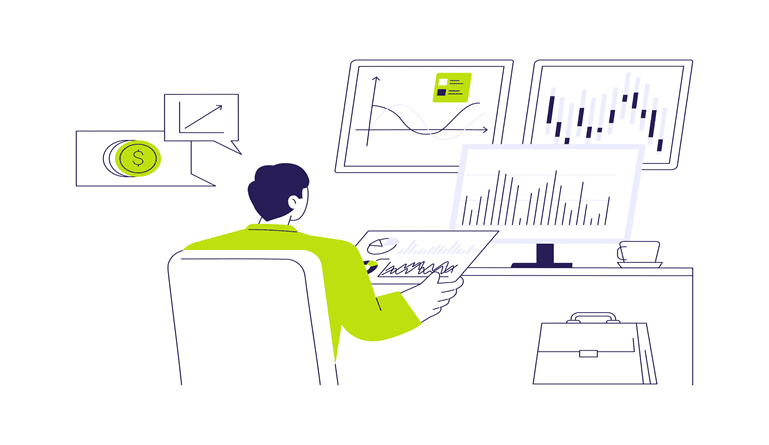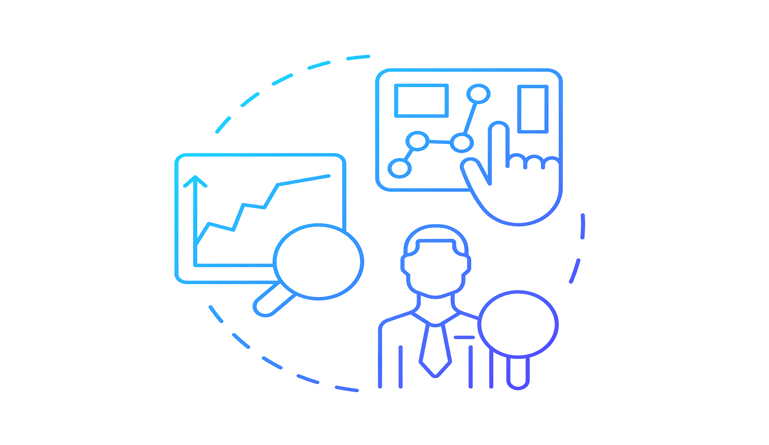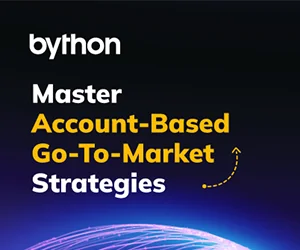The success of a business is contingent on its ability to deliver exceptional and fast service to its customers. In an era marked by the general ubiquity of technology, the rise of social media, and the easy availability of big data, consumers now expect seamless and customized interactions with every product and service. Financial services isn’t an exception to this accepted rule of thumb.
To give your business a genuine competitive edge, you must consistently understand and make room for your customer’s ever-evolving needs and expectations.
Aggregating financial data is essential for delivering exceptional customer experiences. Using open banking platforms by financial data aggregators lets banks and FinTechs deliver services more tailored to individual consumers. It supports an all-encompassing and user-friendly framework, which is the bedrock of future digital banking.
The Evolution of Financial Data Aggregation
The practice of aggregating financial accounts originated during the mid-2000s when banks began deploying internet-based apps to help customers manage their funds through online platforms. Customers could receive a comprehensive view of all their accounts with a single click – planned as an easy form of financial management.
In time, nearly all financial institutions embraced single sign-on (SSO). This feature lets customers log into their accounts with a swipe or click, transfer funds, and open new accounts. This also enabled data sharing across platforms, which is today’s crux of financial data aggregation.
Financial data aggregation can be defined as the process of consolidating data from various financial accounts, like deposits, credit cards, investments, loans, and more, into a centralized location. Following the collection of this data, your customers can access their complete financial records through a single, user-friendly platform, which will drastically simplify any financial decision-making.
The rise and rise of open banking, mobile apps, and digital banking infrastructure has led to opportunities for financial data aggregation.
Data aggregators can gather data from payroll administration, savings accounts, cards, investments, lending channels, and any other financial application consumers use to manage their finances. Even if the data is hosted on different sources, the technology is now primed to facilitate aggregation.
How Financial Data Aggregation Works
Data aggregators use a wide range of technologies to collect information. An API (application programming interface) is the most popular software application that enables the exchange of data between two programs. APIs are components of programs, apps, or tools we use daily.
For example, anyone using Stripe or PayPal to pay for a service utilized a FinTech API. You can also transfer funds using digital wallets and carry out e-commerce transactions via an API without visiting the bank’s website.
Once a user grants authorization for a data aggregator API to gain access to their account details, it can securely retrieve the data. Accounting information services make up the “essential” category of financial aggregation. It offers the client access to all pertinent data in a single location, including account balances, credit card details, pension plans, mortgages, and more. Also, payment initiation services allow users to conduct transactions from multiple accounts using only a single application.
6 Benefits of Financial Data Aggregation
Financial data aggregation, when designed, managed, and executed correctly, can unlock several benefits:
1. A reduction in manual effort
Aggregation of financial data lets users access information from multiple sources without having to re-enter their login credentials each time they wish to view transactions or account details. The automation extends beyond just the retrieval of information. Compliance checks, including routine Know Your Customer (KYC) audits, can be optimized through their use. Also, credit score monitoring is automated using aggregate financial data.
2. Greater empowerment for banking customers
Financial data aggregation puts the customer back in the driver’s seat. It reveals critical information for decision-making, helping customers stay in control. By being aware of their forthcoming payment obligations, customers can avoid the risk of overdrawing their accounts, which could otherwise end in costly interest charges.
It’s easy for customers with accounts in multiple institutions to transfer funds between accounts to maintain positive account balances. At the same time, they can review their expenditure patterns across all accounts.
3. Personalized experiences
E-commerce websites now offer product recommendations and playlists tailored to individual customers’ listening habits. This trend is advantageous for financial service providers because of data aggregation. Using data analytics, they can forecast financial needs and offer timely product recommendations.
4. Stronger fraud prevention
Data aggregation is vital in improving fraud detection as it presents an in-depth overview of consumer behavior and allows real-time monitoring. By integrating consumer behavioral data from multiple sources, financial institutions strengthen their ability to identify irregularities like suspicious withdrawals or login attempts. They can also stop fraudulent activity before it escalates by acting swiftly with real-time data.
5. Access to credit
Financial data aggregation enhances access to affordable loans. Think of a loan applicant with no credit history who recently relocated to the United States. They would be disqualified from numerous low-interest loans as a consequence of this. By providing the lender with access to the borrower’s aggregated revenue/income history or cash flow data, which enables corroboration of regular earnings, the borrower might be eligible for a loan with a reduced interest rate.
6. A rise in loyalty due to a stronger data strategy
Retail banking is a significant impact area – building digital ecosystems of financial and non-financial services through aggregating financial data. The greater the time a customer spends with the banking app, the greater their bank loyalty.
Banks have turned themselves into one-stop shops at critical moments in the lives of their customers by offering a greater variety of services and increased convenience. Finally, aggregation can be included in a retail bank’s big data strategy, contingent upon the nature of the information customers disclose.
Use Cases in Personal and Business Finance
Financial data aggregation is widely used in personal and business finance, such as:
1. Onboarding
Using data aggregation, the bank can promptly obtain relevant data on an individual whenever a new account is opened. This can include personal information like name, year of birth, address, and occupation, among others – i.e., integrated with the KYC process. Aggregation significantly streamlines the registration process for business clients by eliminating the need for intricate documentation, an inconvenience that frequently impacts small and medium-sized enterprises (SMEs).
2. Creditworthiness modeling
Recent EU legislation (Revision of Directive 2008/48/EC) demands a more stringent creditworthiness evaluation process than previous guidelines. In line with EU legislation, lenders must now provide documentation of customers’ income and expenses before extending a loan.
Moreover, lenders need to classify recurring transactions with increasing specificity. Aggregation of financial data helps banks adhere to these regulations by creating a fully automated and documented creditworthiness assessment system.
3. Loan migration
By aggregating financial data, financial institutions can identify whether or not a customer has a loan with a competitor. It presents essential data such as the loan provider’s competitor, commencement date, and monthly payment amount. By using this information, financial institutions can find an untapped source of income in loan transferring, from mortgages to business loans.
The Future of Financial Data Aggregation
The growing need for comprehensive financial solutions will only reaffirm the advantages of financial data aggregation for banks and its massive impact on consumer empowerment. And, as we all know, since the pandemic, people have migrated to digital solutions; it’s doubtful that they’ll return to conventional financial services anytime soon.
As a result, competition will grow, both from incumbent banks and new FinTech players. By finding the right financial data aggregator for your organization, you invest in the future by prioritizing customer experiences, tighter integrations, and better visibility.







